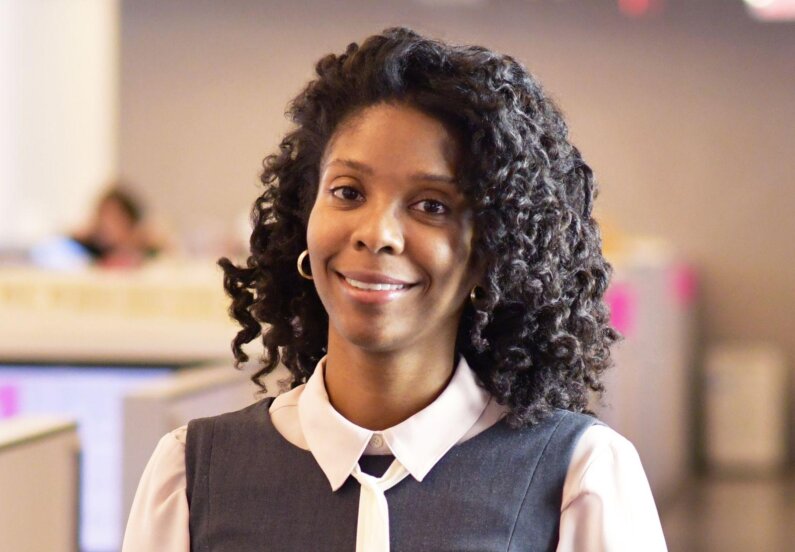I learned to write specs, door schedules, detailing, and more. I volunteered for the projects no one else wanted to work on and learned how to make them successful, not only in execution but also for the user. I took what I learned and knitted it all together to become an architect that could do both fit-out and base building. I made it a point to absorb as much as possible, and continually refine my skills.
I aligned myself with mentors who would teach me, advocate for me, and accept that I did not want a fixed role, but could be an architect who loves watching grade beams get poured, seeing windows installed, and has management experience. I aligned myself with those who could accept that it is possible for a young woman, who is a minority in every sense of the word, to create her own path.
It is essential that not only young people, but also our peers in the building and construction industry see women of color leading the technical aspects of design and construction. Firms need to understand that leading the technical aspects of a job means more than drawing, becoming an expert in Revit, or turning over CD’s quickly. Fully supporting the interests of women of color in the technical design means encouraging them to hone their skills in the expertise of building enclosure, promoting them to speak and teach at industry events, and giving them access to tools to grow, learn, and teach. It also means pushing them to managerial positions in these types of roles and accepting their viewpoints that, in turn, help to create a path someone else might be able to follow. Taken altogether, these efforts are impactful because they do not simply place women of color in these roles to check a box then mute their voices, growth and skill sets.


